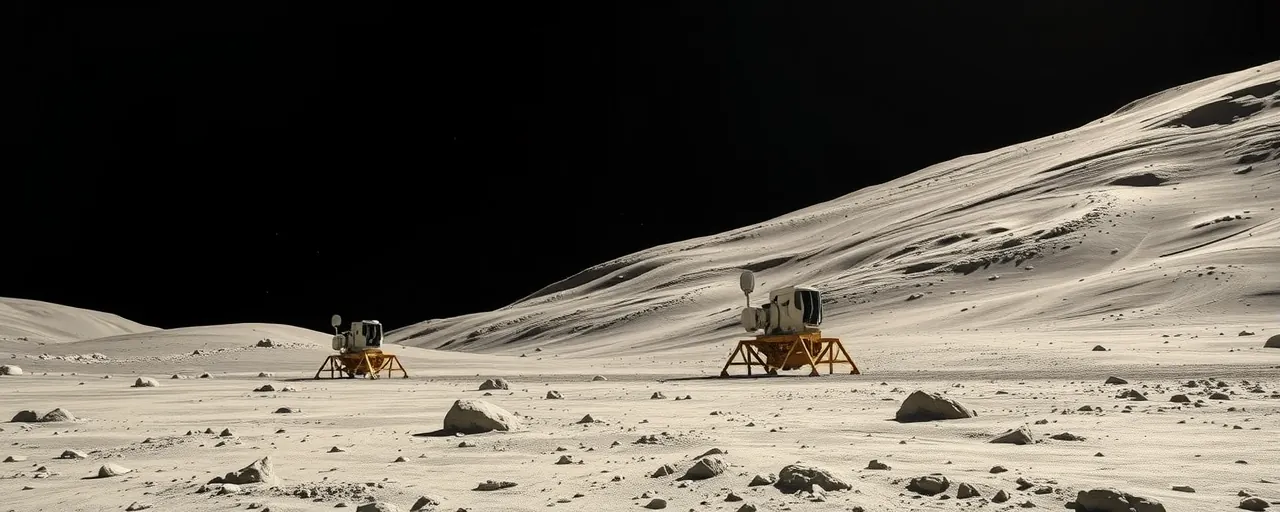A New Orbit for Partnership
In July 2024, the United States and Saudi Arabia took a giant leap together, signing a historic agreement to collaborate on space exploration and technology. Known as the Framework Agreement on Cooperation in Aeronautics and the Exploration and Use of Airspace and Outer Space for Peaceful Purposes, this pact paves the way for joint ventures in lunar missions, Earth observation, and astronaut training. It builds on Saudi Arabia’s bold space ambitions and the US’s drive to strengthen global alliances.
NASA Administrator Bill Nelson and Saudi Space Agency CEO Mohammed bin Saud Al-Tamimi sealed the deal, signaling a commitment to scientific progress and economic growth. For the US, the agreement deepens ties with a key Middle Eastern ally. For Saudi Arabia, it aligns with Vision 2030, a plan to shift the economy away from oil. Still, the partnership stirs questions about how to balance strategic goals with ethical concerns, especially regarding human rights.
Why Space Captivates Both Nations
Space has emerged as a vital stage for global influence, and this agreement positions both countries to seize strategic opportunities. The United States uses space diplomacy to forge alliances and counter rivals like China and Russia. By bringing Saudi Arabia into initiatives like the Artemis Accords, a US-led effort for sustainable exploration, Washington gains a partner in the Gulf, where technological and political competition is heating up.
Saudi Arabia has its own compelling reasons to reach for the stars. The Saudi Space Agency and Supreme Space Council are steering the Kingdom toward a $2.2 billion space sector by 2030, up from $400 million in 2022. Investments in satellite production, space tourism, and human spaceflight reflect this vision. The 2023 mission that sent two Saudi astronauts, including the first Saudi woman, to the International Space Station highlights the Kingdom’s determination to lead regionally.
The agreement enables concrete collaboration, from sharing data to establishing joint research hubs. It fits a broader pattern of international space partnerships, where flexible frameworks streamline innovation. Similar deals with nations like Japan and the UAE demonstrate how these pacts can drive scientific and economic progress.
Geopolitical and Economic Stakes
This space partnership carries profound geopolitical implications. For the United States, it strengthens defense and intelligence ties with Saudi Arabia, a critical ally. The agreement complements other deals, like a $142 billion arms and technology package finalized in May 2025. Advocates argue that it secures US influence in the Middle East, ensuring access to energy markets and countering Iran’s regional goals.
For Saudi Arabia, the benefits extend beyond science. Involvement in high-profile space projects, such as lunar missions or the Artemis program, boosts Riyadh’s global diplomatic clout, particularly in bodies like the United Nations Committee on the Peaceful Uses of Outer Space. Economically, the partnership supports Vision 2030 by creating skilled jobs and fostering innovation. Initiatives like the Centre for Space Futures and the Neo Space Group, funded by the Public Investment Fund, aim to build a robust space industry.
Navigating Human Rights Concerns
Despite its promise, the agreement has sparked debate over human rights. Some US lawmakers and advocates argue that partnering with Saudi Arabia, given its record on civil liberties, demands clear conditions. The 2018 killing of journalist Jamal Khashoggi and restrictions on activists remain flashpoints. These voices urge tying space cooperation to progress in judicial transparency and civic freedoms, warning that unchecked partnerships could weaken US commitments to democratic values.
Others emphasize the strategic and economic upsides. They argue that space collaboration reinforces US-Saudi ties, vital for regional stability and shared security goals. Supporters also highlight economic gains, such as job growth in the US aerospace sector and access to Saudi investment. This divide underscores the challenge of aligning technological partnerships with ethical principles.
Charting the Future
The US-Saudi space agreement marks a pivotal moment, with potential to redefine both nations’ roles in the global space race. Joint efforts in lunar exploration and Earth observation could drive scientific breakthroughs and economic growth. For Saudi Arabia, the partnership is a springboard to becoming a Middle Eastern space leader. For the United States, it advances a vision of sustainable exploration while cementing a strategic alliance.
Navigating the road ahead will require careful attention. Balancing geopolitical ambitions, economic goals, and human rights considerations is essential for the partnership’s success. Transparency and dialogue will be key to ensuring that collaboration delivers tangible benefits for both sides.
As this partnership takes flight, space emerges as more than a frontier for exploration. It’s a platform for diplomacy, innovation, and the intricate dance of global interests. The US and Saudi Arabia are betting on a shared journey into the cosmos, but the true impact of their bold step will unfold in the years to come.
